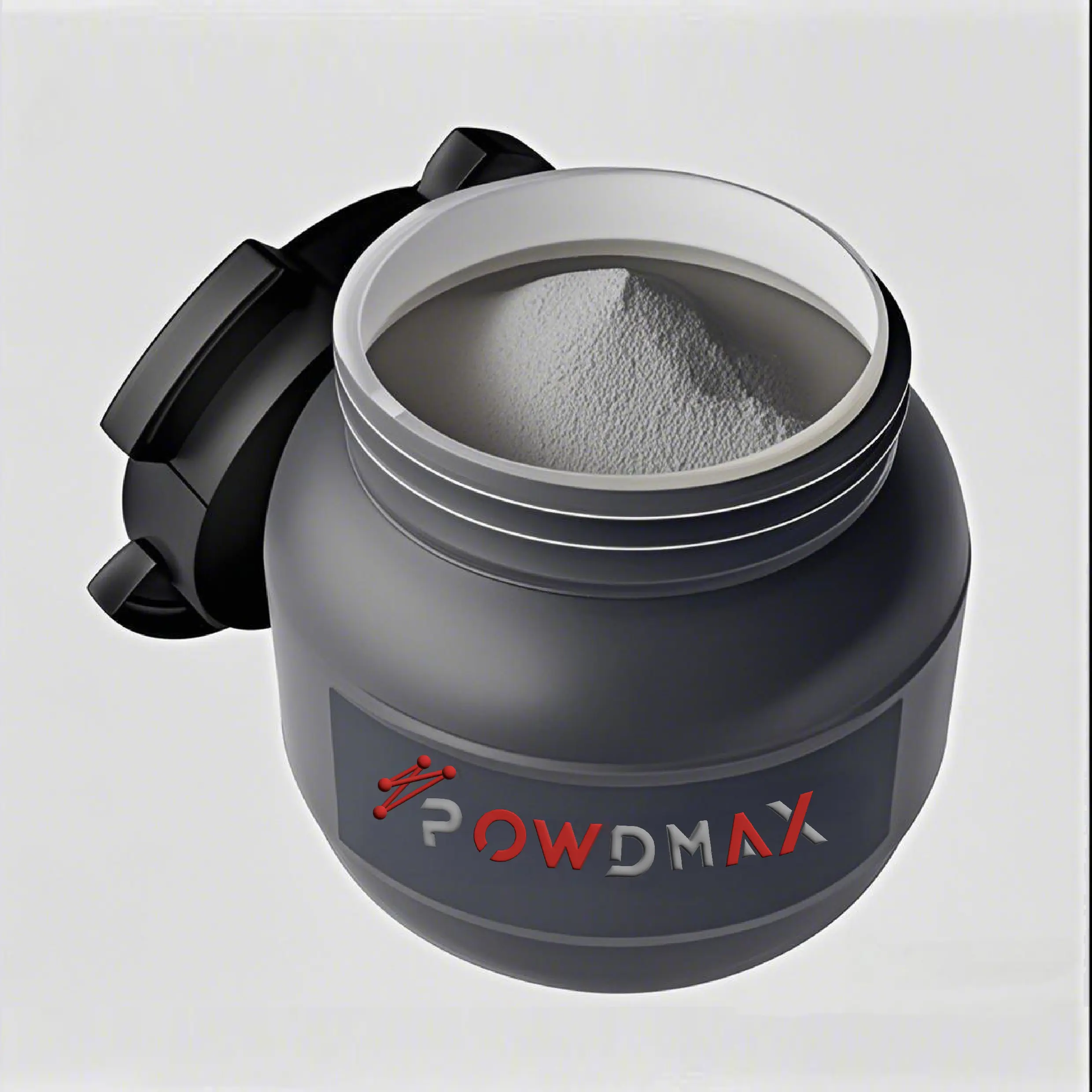When it comes to dressing for a tropical climate, the choice of clothing material can significantly impact comfort, breathability, and overall enjoyment of the environment. Tropical regions are characterized by high temperatures and humidity, which can lead to discomfort if the wrong fabrics are chosen. In this guide, we will explore the best clothing materials for tropical climates, examining their properties, benefits, and ideal applications.
Understanding Tropical Climates
Tropical climates are typically defined by warm temperatures year-round, with minimal temperature variation between seasons. Humidity levels can be quite high, often exceeding 70%, which can make the air feel even warmer. This unique combination of heat and humidity necessitates clothing that not only keeps you cool but also allows for moisture management.
Key Characteristics of Ideal Tropical Fabrics
When selecting clothing for tropical climates, consider the following characteristics:
- Breathability: Fabrics that allow air to circulate help regulate body temperature and prevent overheating.
- Moisture-Wicking: Materials that draw moisture away from the skin can keep you dry and comfortable, reducing the risk of chafing and irritation.
- Lightweight: Lightweight fabrics are less likely to cling to the skin and can enhance comfort in hot weather.
- UV Protection: Fabrics that offer UV protection can help shield the skin from harmful sun exposure.
- Quick-Drying: In humid conditions, quick-drying materials can be a game-changer, allowing you to stay comfortable even after sweating or getting wet.
Top Clothing Materials for Tropical Climates
- Cotton
Cotton is a classic choice for tropical climates due to its natural breathability and softness. It allows air to circulate, helping to keep the body cool. However, it has a tendency to retain moisture, which can be a disadvantage in high humidity. For optimal performance, look for lightweight cotton blends or specially treated cotton fabrics designed for moisture management.
- Linen
Linen is often hailed as one of the best fabrics for hot weather. Made from the flax plant, linen is highly breathable and has excellent moisture-wicking properties. Its loose weave allows for airflow, making it ideal for tropical climates. Additionally, linen has a natural ability to keep you cool, as it absorbs moisture and dries quickly. The only downside is that linen wrinkles easily, which may not be suitable for all occasions.
- Bamboo
Bamboo fabric is gaining popularity for its eco-friendliness and comfort. It is naturally breathable, moisture-wicking, and has antibacterial properties, making it an excellent choice for humid environments. Bamboo clothing is soft against the skin and provides a luxurious feel, making it suitable for both casual and semi-formal wear.
- Synthetic Fabrics
Modern synthetic fabrics, such as polyester and nylon, have been engineered to perform well in tropical climates. These materials are lightweight, quick-drying, and often treated with moisture-wicking technology. They can also provide UV protection, making them ideal for outdoor activities. Look for high-quality synthetic blends that offer breathability and comfort.
- Merino Wool
While it may seem counterintuitive, lightweight merino wool can be an excellent choice for tropical climates. Unlike traditional wool, merino wool is breathable and moisture-wicking, helping to regulate body temperature. It can keep you cool in the heat and warm in cooler evenings, making it a versatile option for tropical travelers.
Practical Tips for Dressing in Tropical Climates
- Layering: Consider lightweight layers that can be easily added or removed as temperatures fluctuate throughout the day.
- Light Colors: Opt for light-colored clothing, as it reflects sunlight and helps keep you cool.
- Loose Fit: Choose loose-fitting garments that allow for airflow and reduce skin contact, minimizing sweat accumulation.
- Accessories: Don’t forget to accessorize with wide-brimmed hats and UV-protective sunglasses to shield yourself from the sun.
Conclusion
Choosing the right clothing material for a tropical climate is essential for comfort and enjoyment. By selecting breathable, moisture-wicking, and lightweight fabrics, you can navigate the heat and humidity with ease. Whether you opt for natural fibers like cotton and linen or modern synthetics, understanding the properties of these materials will help you make informed choices. Embrace the tropical lifestyle with confidence, knowing that the right clothing can enhance your experience in these vibrant environments.

Average Rating